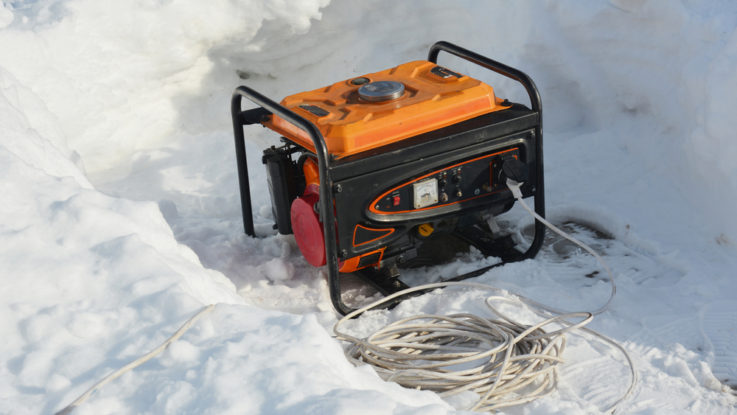
On February 14, a winter storm of intense magnitude brought Texas’ energy grid to a halt. For five days, millions of Texas residents suffered single-digit temperatures without access to electricity or heat, and in some cases no gas or water. Icy roads were closed and supply chains broken. Of course already vulnerable populations (the poor and unhoused) suffered the greatest and this will be the case for some time. The fiscal impact of the damage is expected to exceed that from Hurricane Harvey – more than $125 billion.
This recent and real-world experience brings much-needed attention to the vulnerability of our utility and civic infrastructure. There is a role that technology could have played, if given the chance. Here are a few ways that technology could have saved the day.
ANTICIPATING DISASTER – SIMULATION
In an ideal world, a wide range of data – from historic to real-time weather patterns, from environmental conditions to power grid equipment monitoring, from distressed pipe identification to at-risk supply chains – would be collected, managed and analyzed to predict outcomes. This kind of massive Digital Twin could be critical to understand and mitigate negative impacts. Perhaps this level of precise information could have supported coordination efforts or at the very least avoided equipment malfunction.
PREVENTING DISASTER – GRID MODERNIZATION
But before the crisis hit, there were plenty of opportunities to update and better digitize the existing infrastructure. Smart meters are being built with embedded intelligence such as conservation voltage reduction (CVR), phase detection, and high-precision voltage monitoring. Beyond the meter, the opportunity exists to manage distribution automation, demand response and distributed energy resources (DER) technologies.
POST DISASTER – TAKING CARE OF COMMUNITIES
One of the most humbling aspects of the Texas Winter Storm was how unprepared our communities are to mobilize and coordinate efforts from a central node. Data remains sequestered, tucked away in separate government agency and nonprofit databases. If there was such a system that could cross reference utility service subscribers with homes in disrepair, with residents on government assistance, to food-scarce households, to those with young or elderly occupants, perhaps those hardest-hit households could be forewarned, or at the very least, more quickly connected with much-needed resources. Instead, there was a haphazard approach that relied (yet again) on the kindness of volunteers.
OFF GRID TECHNOLOGY
When urban systems fail, entrepreneurs get to work. This is the case with SOIL, a start up out of Atlanta that has developed a suite of affordable, reliable energy and connectivity products. Originally created to solve challenges in underserved and under developed countries for the more than 1 billion people globally who don’t have access to electricity, SOIL can also offer solutions to developed nations. The suite of solutions ranges from portable solar generators, to power banks, to solar lights, to portable connectivity hubs. The most expensive product, the Zawadi MOBI 500 Portable Solar Power Station, cost less than $500. The early-stage company is thriving bolstered by funding from Google for Startups Black Founders Fund and acceptance into NVIDIA Inception, a program designed to nurture startups revolutionizing industries with advancements in AI and data sciences.
WE MUST GET SMARTER
The unfortunate crisis in Texas is yet another proof point for the importance of connected and generative technology to resolve and perhaps even mitigate urban issues. The adverse impact of climate change predicts that these natural disasters will increase in number and in scale. By applying the right technology and data-driven solutions, communities can be better prepared to address the challenges, serve residents and save lives.